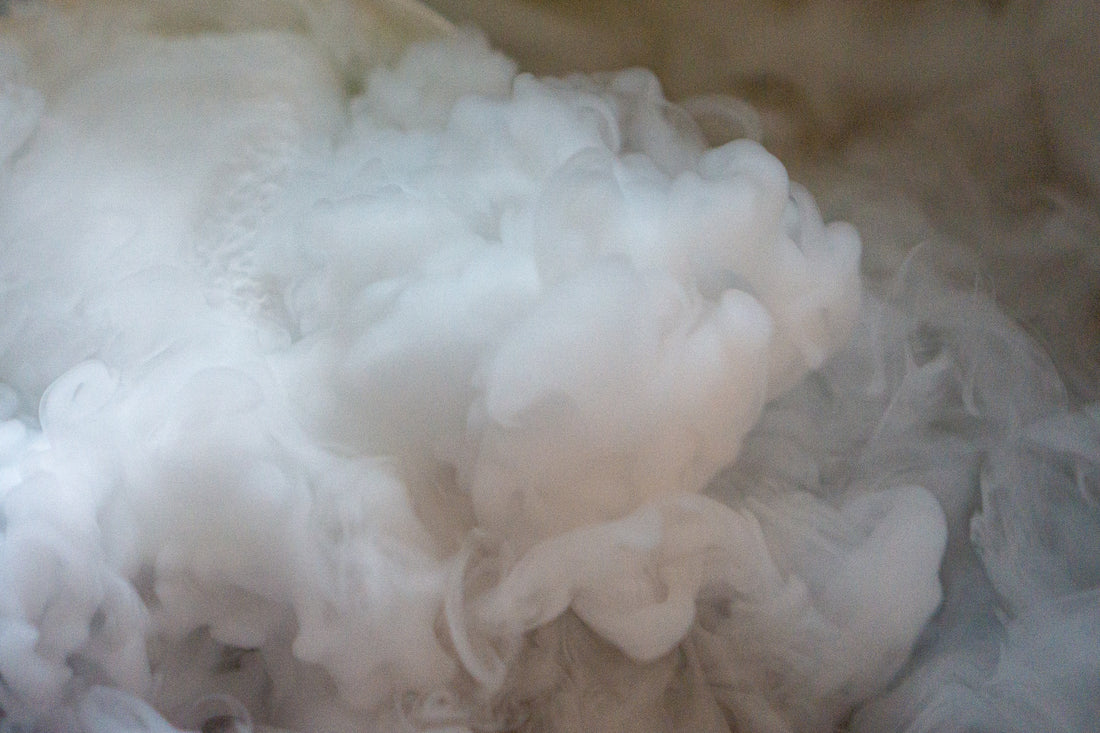
What's the deal with the carbon dioxide extraction method for decaffeinating tea?
How is caffeine magically extracted from the tea?
Decaffeinated coffee is common enough to be in many shops and cafes these days. But decaffeinated tea hasn't taken off as much - yet.
Tea can be more complex to decaffeinate as it generally has less tannins than coffee, making it more fragile and difficult to preserve flavour. Tannins are what make tea delicious and nutritious. We want to hold onto them as much as possible.
So how do we do that and achieve decaffeination? Let's break it down.
There are a few commonly used methods of extracting caffeine from tea leaves all with varying outcomes.
Solvent method
Solvents such as dicholomethane or ethyl acetate are used to to rinse the tea leaves which remove the caffeine.
Hot water method
Also known as the Swiss water method, tea leaves are brewed and then the resulting tea is passed through a carbon filter to remove the caffeine particles. The caffeine free liquid is then reabsorbed back into the leaves.
Carbon dioxide extraction
Also known as supercritical carbon dioxide extraction. Sounds like it could be your favourite video game character's ultimate or an underground band, but really it's just supergood at decaffeinating.
Kurt Zosel, a scientist at the Max Planck Institute, developed this method. CO2 is heated and pressurised above its critical point (a state where both the liquid and vapour can coexist). The tea leaves are added to a high pressure vessel and a mixture of water and CO2 is added to the vessel. The caffeine dissolves into the carbon dioxide, which becomes a strong solvent, while the tannins are not affected. While CO2 is deservedly getting a bad rap at the moment for other reasons, it's non-toxic, odourless, and generally inert.
Importantly, ethyl acetate decaffeination can remove 82% of the micronutrient polyphenol, while only around 8% is removed during the supercritical CO2 method, leaving plenty of delicious antioxidants in your teacup.
To wrap up
It's important to note that decaffeination is never going to remove 100% of the caffeine, but the aim is to get it as low as possible. Our teas at Crane Tea aim for under 2% of caffeine content per serving.
We use the carbon dioxide extraction method as we think it's the best way to extract caffeine while leaving the tea leaves as unaffected and pure as possible, saving just flavour, antioxidants, and happiness in the tea leaves.